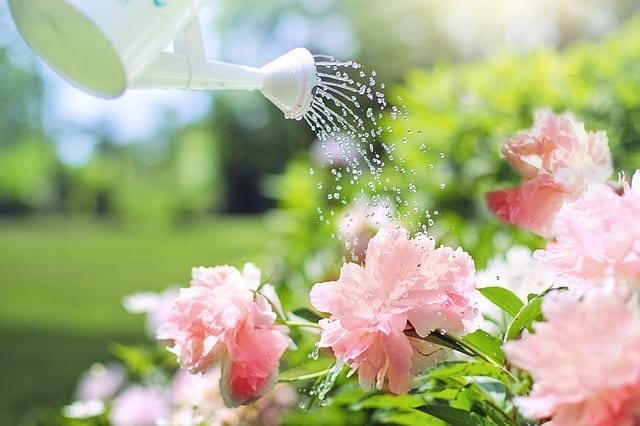Spring gardens bring a healthy dose of nature into the family atmosphere. All families, however, have different constraints that may affect what type of garden they cultivate. Some households demand low-maintenance plants, while others want to spend hours outdoors in their yards and gardens.
If you’re constantly running kids to practices or if you work long hours, you don’t want flowers, plants or produce that demand constant pruning and care. But if your kids have the time to help after school, and your thumb is emerald green, you can meet the challenges posed by fastidious varieties.
Not so sure about your garden personality? Before you plant those bulbs or seeds, check out these helpful hints to see which glorious gardens fit your lifestyle needs.
Understand sunlight demands of your plants.
Some flowers and plants demand lots of sunlight. If your backyard is well-shaded, certain varieties of greenery may not thrive in your environment. Lavender and daylilies are sun-loving flowers, and those who want to cultivate tomatoes and cucumbers also need to supply an area that gathers lots of sun.
No backyard? Opt for indoor dish gardens.
Dish gardens are a great choice for those who have little time to spend outside. Succulents are ideal for dish planting and they tend to be extremely low-maintenance. But don’t think succulents are just prickly cacti. There are many chubby, rubbery, hearty succulents that add architectural elegance to a vintage dish. Add in colorful rocks or other decorative touches to give your little indoor garden a little pop of color and interest.
No time? Choose hassle-free outdoor plants.
Don’t have a green thumb? The site Birds and Blooms recommends planting yucca, coneflower or zinnias. Apparently, these and other varieties can survive what the site calls a ‘black thumb!’ You can’t kill these survivors!
Can’t waste water? There’s a plant for you!
If you live in an area that demands you conserve water, then you obviously cannot break out the sprinkler. Choose hearty plants that can survive with little water. This means also planting grass that can withstand drought…like Kentucky Bluegrass. Obviously, cacti are a great choice for low-water areas!
The sky’s the limit if you have the time.
If you have all the time in the world to devote to your garden, then it’s really up to you about what to plant. You may choose to theme your garden with certain hued flowers and produce. Or just plant the varieties that make you happy. Before you drop in the seeds and bulbs, though, research every variety that you’re planning to cultivate. You need to understand each plant’s water and sunlight needs and also learn about the predators that may feed on them. Some gardeners use ladybugs to keep pests in check while others use pesticides. If you’re opting for an organic garden, pesticides are a no-go, obviously!
Seek out a community if gardening is your passion.
If you want to take your garden to the next level, but you’d like more advice and support, consider joining a local gardening club or organization. Seasoned gardeners are a great resource to those who are starting out in cultivating a garden and can provide knowledge and expertise. Some members even band together to form a community garden.
Gardening is a great way to get outdoors and add beauty to your backyard…while also helping Mother Earth. But every family has unique needs as well as time constraints that may affect their garden. Choose plants and flowers that suit your lifestyle and research each variety before you plant. Gardens are a commitment—if you want them to thrive. However, low maintenance plants can provide even the busiest individuals with fuss-free greenery.














